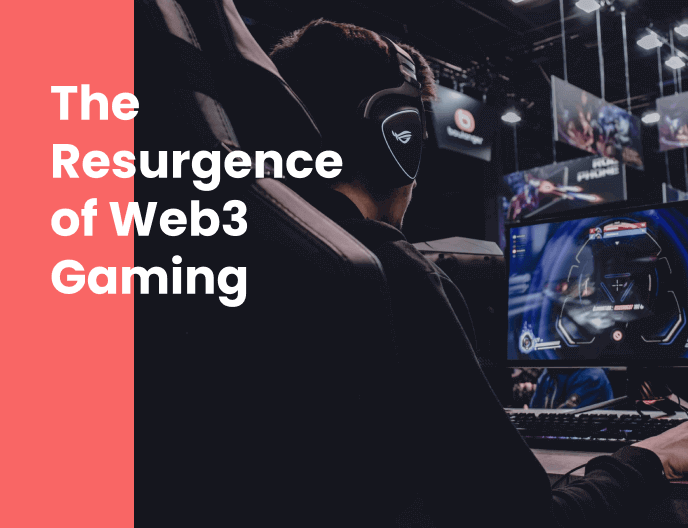How to Solve UX for Web3
Written by
Krista Alvarez
Published on
April 08, 2024
Time reading
4 minutes

Web3 is the tech star with the power to reshape the network. But behind the slogans lies a crucial question: how can we make this new global thing truly usable for ordinary people?
The current space of Web3 UX is, let’s be honest, heavy-handed. Complex interfaces, technical jargon, and a high reading level all act as barriers to access. This isn’t just about hindering buyer adoption – it’s about unlocking the overall capability of Web3.
Understanding the Web3 Landscape
Before we dive into the UX factors, let’s quickly review what Web3 includes. Unlike its former, Web2, which is really centralized and managed by way of companies, Web3 is decentralized and empowers customers by giving them control over their statistics and digital property. The decentralized era of blockchain is at the heart of Web3, providing transparency, security, and change.
UX challenges for Web3
Whereas the image and future of Web3 are engaging, the introduction of user-unfriendly interfaces presents numerous stressful situations:
- Complexity: Web3 programs often include difficult key management, key storage, and transaction signatures. Making these processes simple without compromising security is a major UX challenge.
- Onboarding: Unlike traditional Internet applications, Web3 structures ask customers to identify principles such as wallets and private keys. Being able to easily bring new customers at the same time as guiding them about these thoughts is essential for adoption.
- Scalability: As Web3 takes off, scalability will turn into a pressing difficulty. Slow transaction speeds affect the user experience, particularly for decentralized finance (DeFi) programs.
But, how do we solve this UX puzzle? Here are some key areas to focus on:
-
Demystifying the technical jargon:
Blockchain, DAOs, NFTs – these terms may sound like something out of a science fiction novel to the uninitiated. We’re taking the jargon out and replacing it with clean, concise explanations. Imagine explaining complex monetary gadgets to your grandmother – that’s the level of clarity we’re aiming for.
-
An onboarding experience that doesn’t make you want to join:
Joining a Web3 platform shouldn’t feel like filing a tax return. To make it intuitive and personalized, streamline onboarding techniques. Think smooth account creation, step-by-step tutorials, and clear motivations for each step.
-
Build trust through transparency:
Security and transparency are paramount at Web3. Design interfaces that showcase simple transaction records, asset statistics, and easy admission to guide channels. When customers understand where their information and assets are, trust grows.
-
Learn by doing:
Web3 is awesome skilled, now not just defined. Include interactive elements and game standards to create a safe area for customers to learn by doing. Imagine a practice area the place where customers can experiment with searching for NFTs or participating in DeFi protocols without risking real price range.
-
Prioritize user feedback:
Web3 is an evolving environment. User comments are essential to knowing their goals and ache factors. Push solid comments mechanism to make sure that designs are always adapting and improving, based mostly on real-life consumer experiences.
Solutions for Smooth UX
Despite all the challenges, many techniques can show how cool the UX of Web3 applications is. Here are some of them:
- Educational resources: Provide entire tutorials, guides, and tool tips within the application to teach users about key standards such as wallets, keys, and transactions. Integration with academic systems can also facilitate learning.
- Simplified interfaces: Design intuitive interfaces that take complex blockchain operations behind the curtain. For example, integrating one-click signal-ins with the use of pocket groups like MetaMask can streamline the login device.
- Community Engagement: Promote a supportive network around your Web3 utility where customers can seek help, share stories, and offer comments. Community-driven projects like forums, social media organizations, and developer meetups can really make some users happy.
Conclusion
Web3 has the potential to revolutionize the Internet, but its usability needs a significant makeover. By prioritizing user experience through clear explanations, intuitive adoption, and a focus on user education, you can unlock the true potential of Web3 for everyone. Building trust through transparency and fostering a strong community will help drive user adoption and bring Web3 into the public mainstream.
With a commitment to user-centered design, Web3 can finally bridge the gap between its complex functionality and the everyday user, leading the way to a more inclusive and secure digital future.